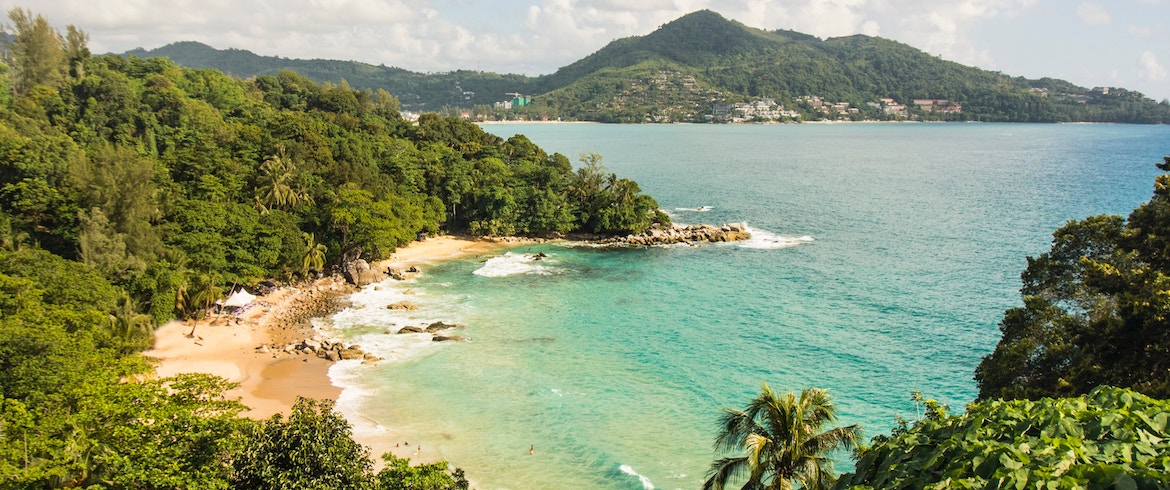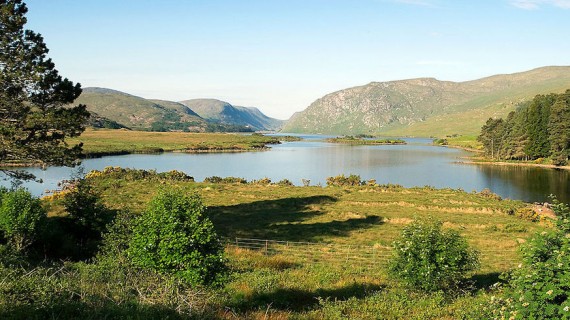Let’s discover together the ranking of the most beautiful and richest naturalistic sites according to the World Economic Forum.
The World Economic Forum has ranked 136 nations on the basis of their natural resources, taking into account the number of natural sites, the total number of species and protected areas, and UNESCO World Heritage Sites. Here are the 15 perfect destinations for sustainable travel, for a real experience of ecotourism.
15. Kenya
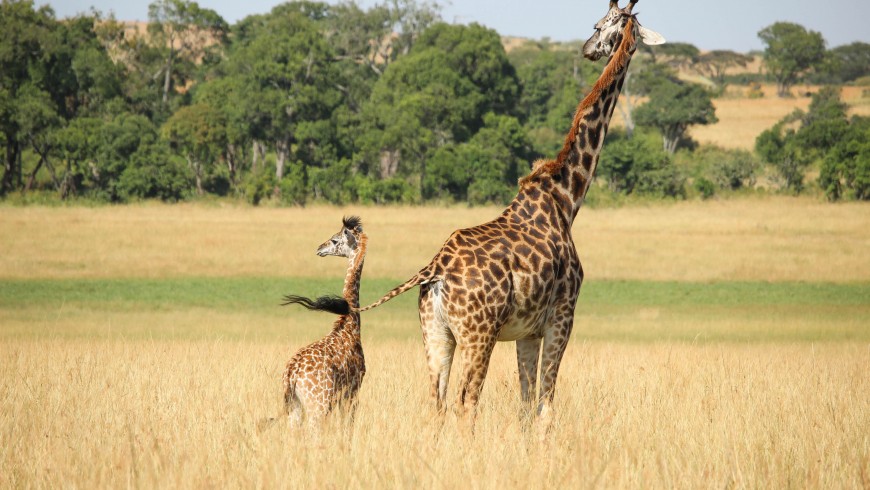
Let’s fly to Africa, discovering the heart of the continent, between landscapes that change every few meters, between sea, savanna, and mountain. Kenya houses an amazing variety of fauna, including giraffes, gnu, cheetahs, lions, and rhinos. Here you will find Mount Kenya, the second-highest mountain in Africa, and white beaches that leave breathless. Then it will be impossible not to suffer desiring to going back.
14. Indonesia
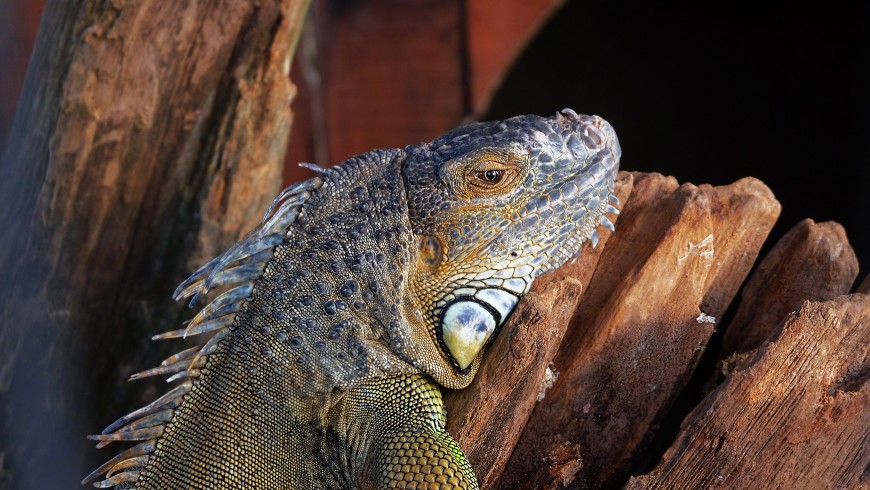
Rainforests, white beaches, fragrances, and indelible flavors. And also the amazing Komodo National Park. Indonesia is a wonderful place to discover, where the only world-famous dragonflies in Komodo live, the world’s largest Sauro.
13. France
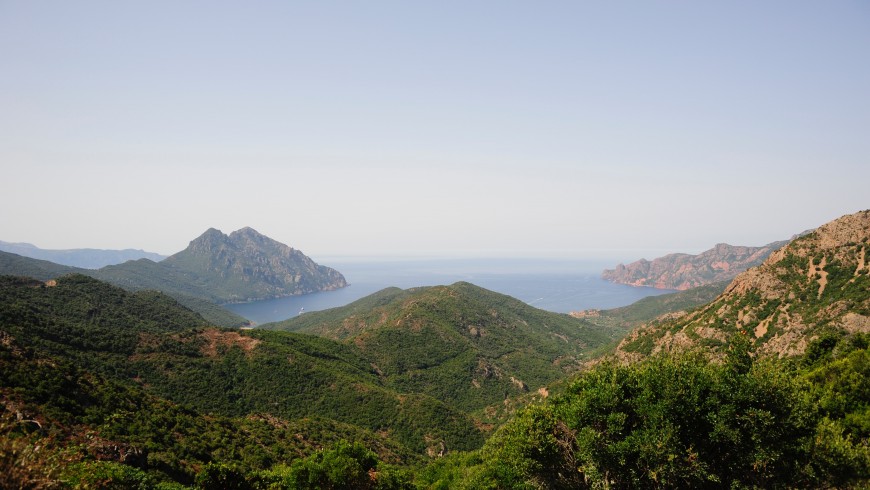
Perhaps the most when thinking about France does not think about nature, but in the country, you find the largest canyon in Europe, the beautiful Bordeaux vineyards and the beaches of the Côte d’Azur and much more. In addition, the Reunion Island, the Indian Ocean, and New Caledonia, the Pacific Ocean, are part of the French state and offer incredible naturalistic scenarios.
12. Italy
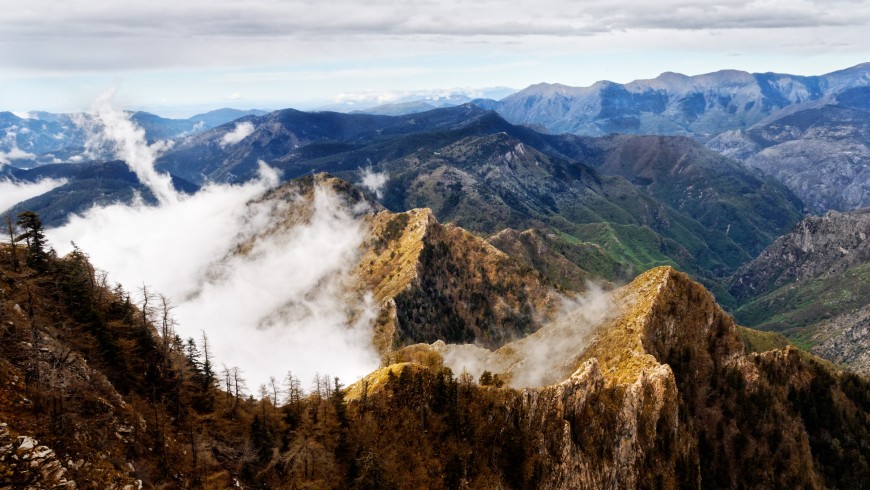
We have said and repeated so many times: Italy is not only art and culture, but also immense natural landscapes, from mountain to sea. The country houses half of the plant species and about a third of all animal species in Europe.
11. Ecuador
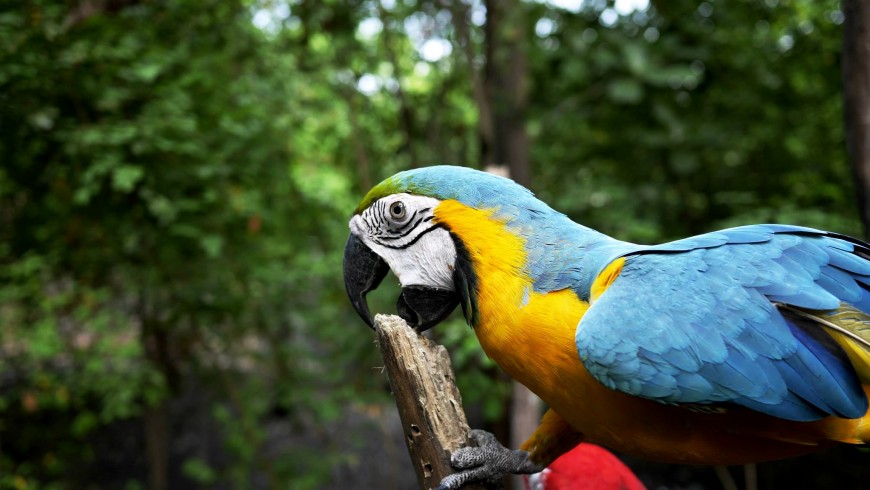
In Ecuador, you will find rich biodiversity and a wide variety of ecosystems. The Galapagos Islands are then one of the few places left in the world where nature reigns uncontaminated, and the man remains little more than a guest.
10. United States
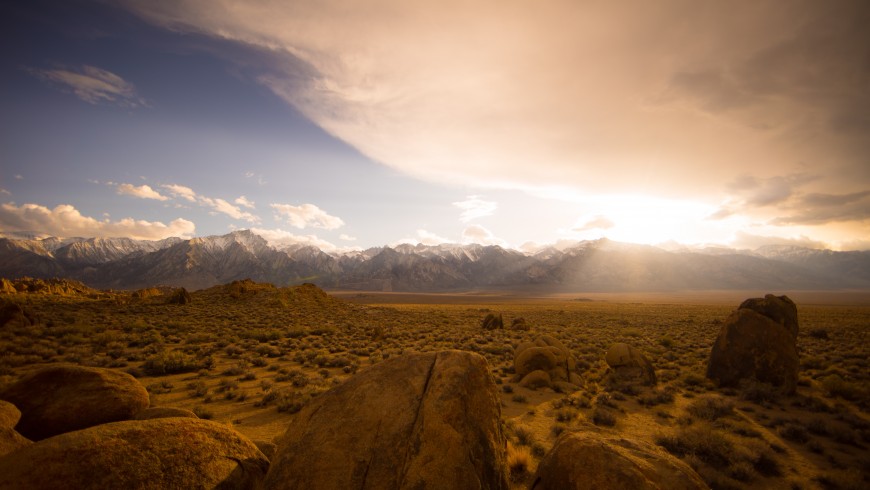
The United States has its tenth position thanks to its 58 national parks, including the Grand Canyon, Yosemite National Park, and Papahānaumokuākea. A wild beauty that spans between different ecosystems and really deserves to be seen and lived.
9. Spain
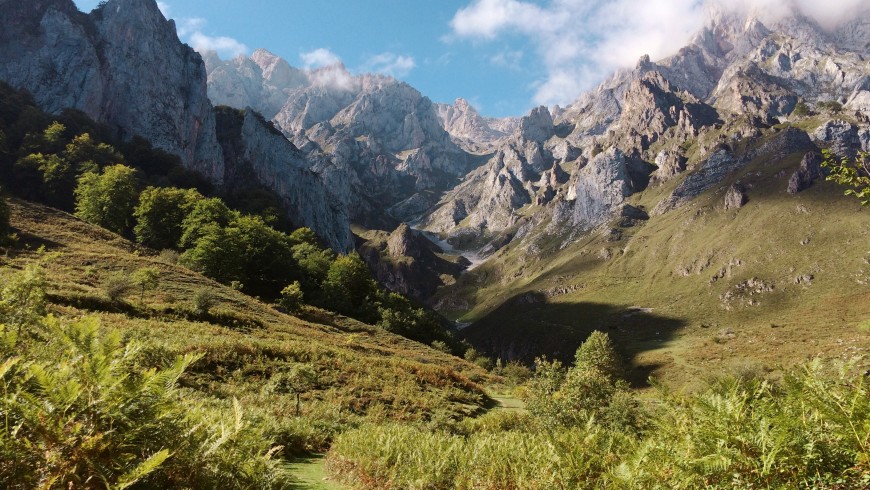
Here we are again in Europe, discovering nature and the National Parks of Spain, such as Doñana National Park, in Andalusia, which hosts five species of threatened birds, and the Garajonay National Park in the Canary Islands.
8. Tanzania

We return to Africa to discover Mount Kilimanjaro that with its 5,895 meters is the highest mountain on the continent and Serengeti National Park, one of the world’s most important natural protected areas and where one of the most important natural events in the world can be admired, the migration of thousands of gnu, antelopes, and gazelles.
7. Thailand
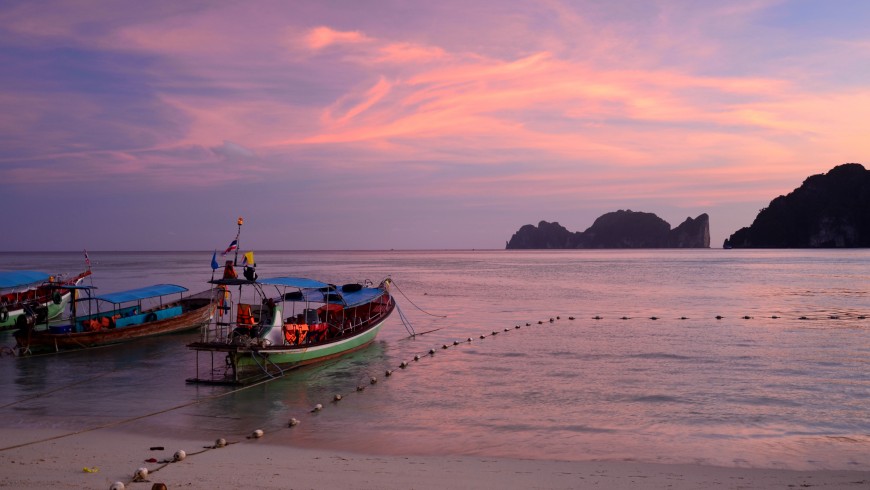
14% of the surface, both terrestrial and marine, of Thailand, is made up of protected areas. The country has over 110 national parks and protected areas, ranging from plains to rainforests, mangroves to some of the world’s most beautiful islands.
6. Australia
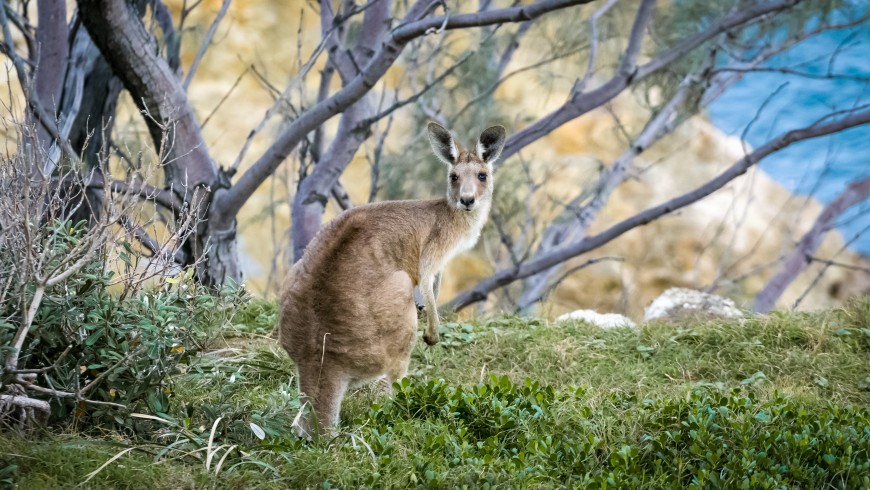
If we talk about bizarre and sometimes dangerous animals, Australia is always the protagonist. In fact, here there are many endemic species of animals. Here is also the Great Barrier Reef, an extraordinarily rich ecosystem and fundamental to the biodiversity of the planet, but it is dying because of climate change.
5. China
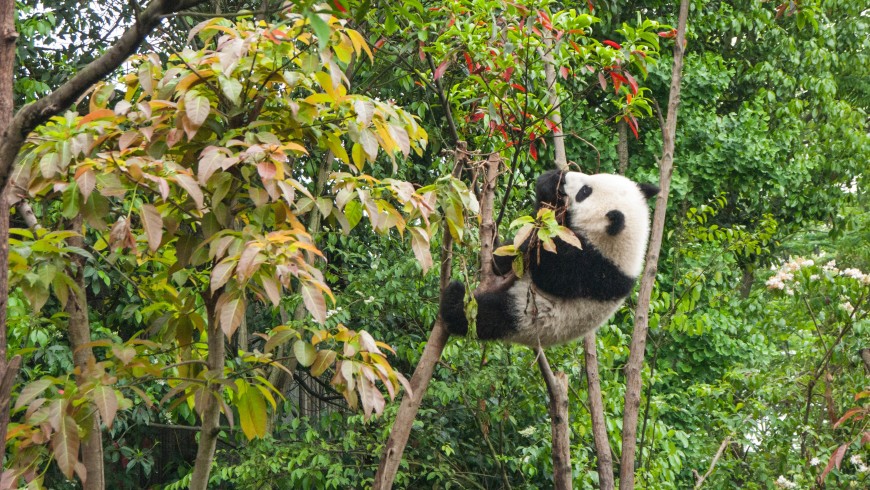
Despite being one of the most polluting countries in the world, China also has a large number of natural resources. Stunning bamboo forests, the Blue River, Jiuzhaigou and Huanglong, the incredible Sichuan National Parks are just a few examples.
4. Peru
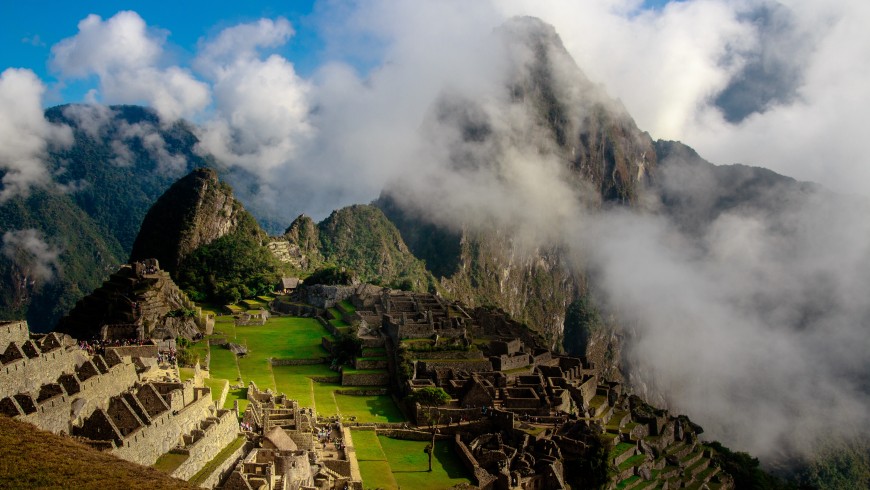
Not only is there an incomparable archaeological wealth, but also immense natural landscapes, especially mountainous. In the Huascarán National Park, there are several endangered species, such as the eyewear bear and the Andean condor.
3. Costa Rica
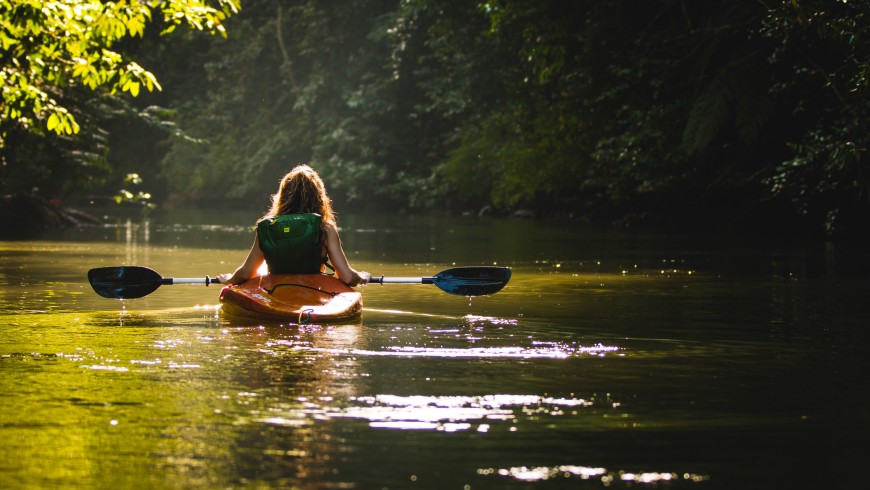
We got to the podium. In the lowest step, we find Costa Rica, which hides, despite its small size, invaluable naturalistic heritage. The country boasts the largest biodiversity per square kilometer of land.
2. Mexico
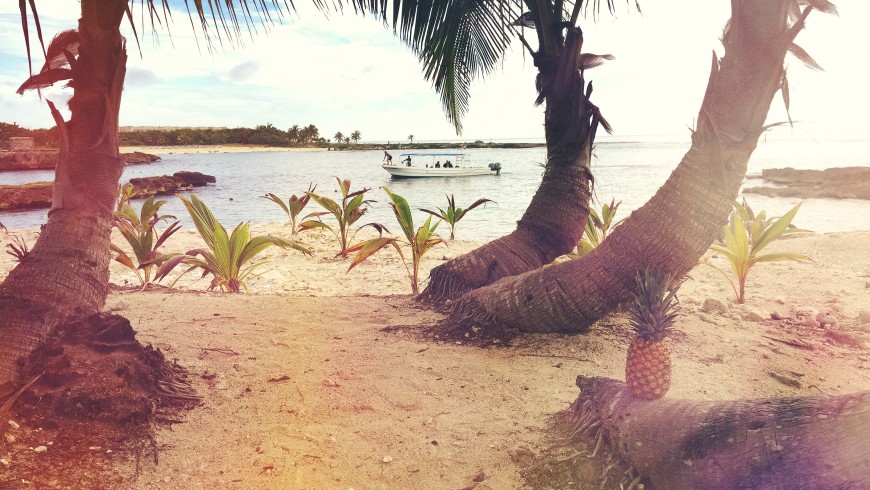
Virgin forests, biosphere reserves, and truly unbelievable native nature: Mexico is perhaps the most eager destination for eco-travelers, so it’s no surprise the second place’s win.
1. Brazil
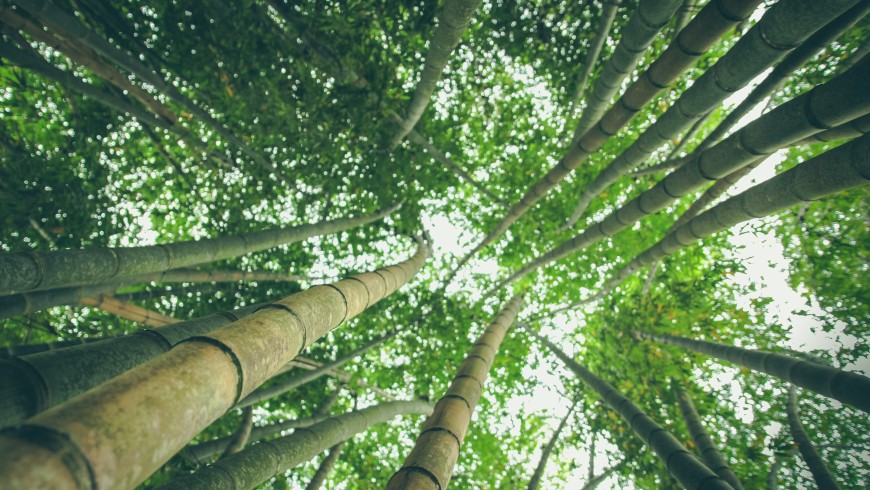
And in the first place of the ranking, we find Brazil, characterized by a wealth of natural resources among the most diverse in the world. There are very few places in the world that have not yet been fully explored, and the Amazonian Forest is one of these.
